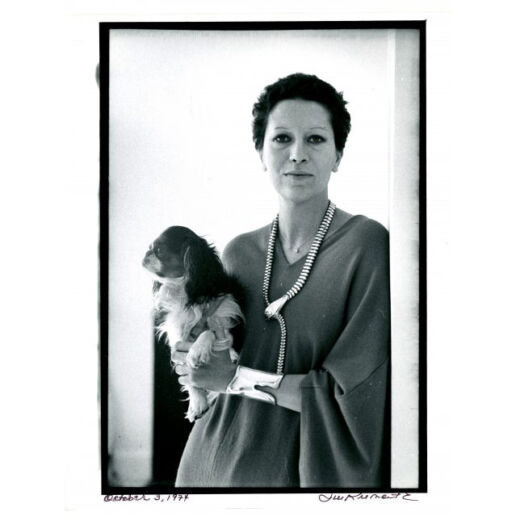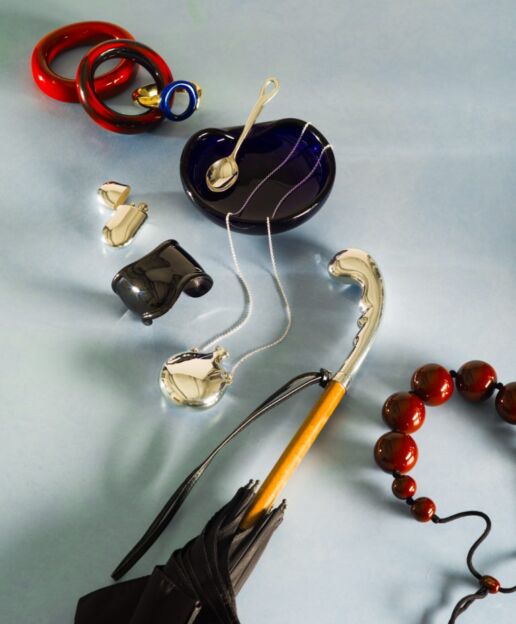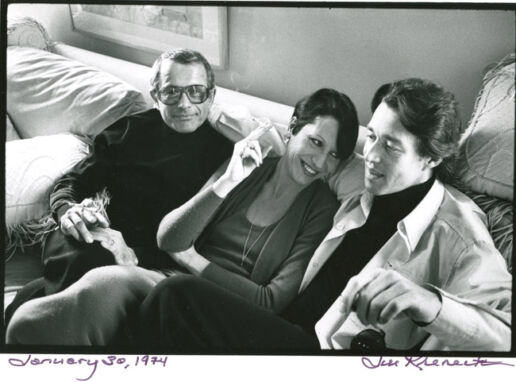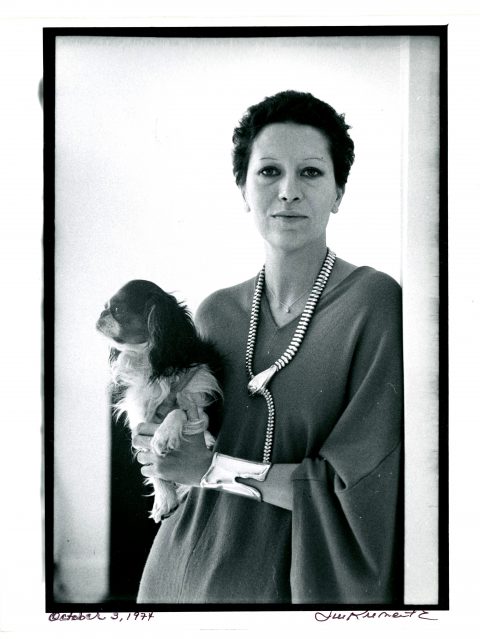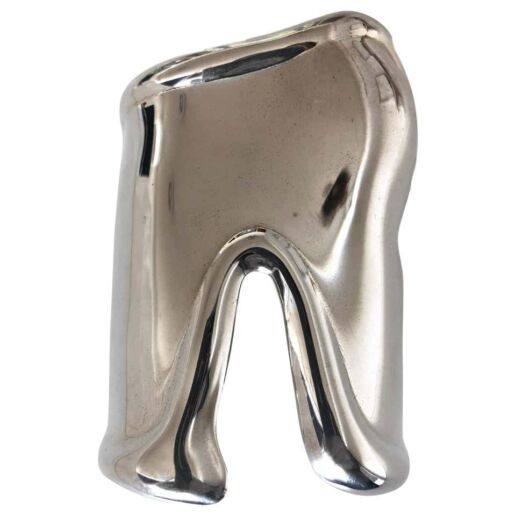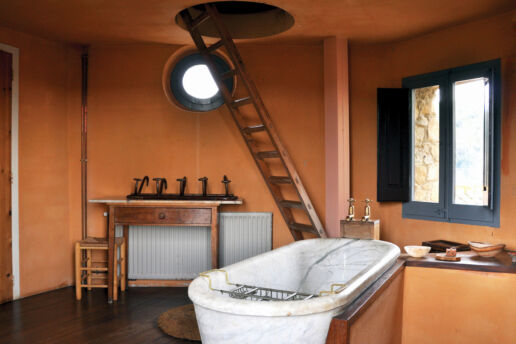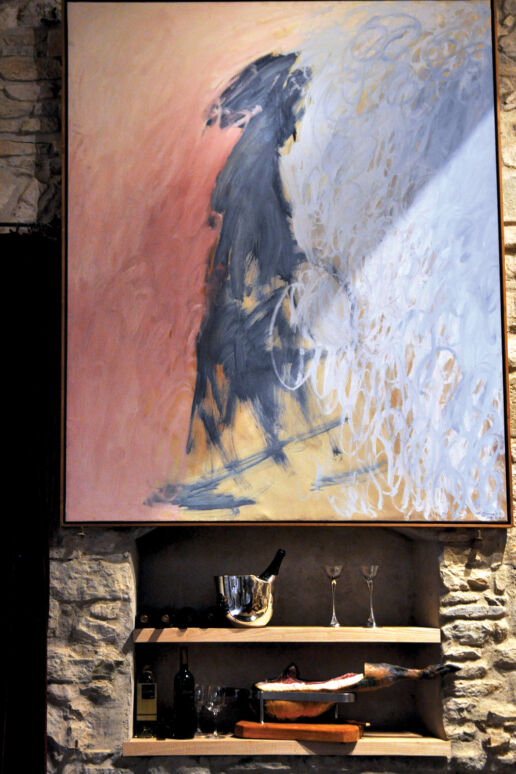Elsa Peretti – The Reinventor of Silver
Admired by the independent women of the 1970s the timeless, sculpture-like works of Elsa Peretti, created a new style from silver. #sanayi313pioneers
Florentine Elsa Peretti is an iconic designer whose name and designs have been associated with Tiffany & Company for almost fifty years. In 1964, she left the comfort zone of her conservative and affluent Italian family to go to Barcelona for a career in modelling. Elsa did not return to her family home for long years while she studied in Italy and Switzerland. After getting a degree in interior design in Rome, Peretti started working for Milanese architect Dado Torrigiani.
Moving to Spain to work as a model in her twenties was a turning point for her. Her next stop was New York. The Big Apple gave her the chance to design jewellery as well as modelling. Inspired by an object she spotted at a Spanish flea market; her first design was an unusual, bottle-like pendant on a leather cord. This two-inch, round bottle pendant designed for Giorgio di Sant’Angelo’s fashion show became a huge hit. It was not long before Peretti was socialising with the likes of legendary fashion designer Halston, Helmut Newton, Liza Minelli, and pop-art hero Andy Warhol. Among other famous figures who frequented Studio 54, the legendary nightclub of the 1970s were Bianca Jagger and Cher.
Halston thought the world of Elsa’s style and gave her the opportunity to design perfume bottles and jewellery for his brand. Yet, the biggest milestone in Peretti’s career was undoubtedly her working with Tiffany & Company in 1974. Watching the Netflix mini-series ‘Halston’ I was surprised to find out that the designer played an important role in getting Peretti acquainted with Tiffany & Co. Throughout the rest of the series, which provides an account of the ups and downs of the duo both in their professional and private lives, portrays Peretti as a talented woman.
Elsa Peretti’s designs were invariably intended at visionary, daring and brave women like herself. In the 70s, her clientele was professional women confidently climbing the career ladder in corporate life who enjoyed hitting the dance floors at night. With inspiration from nature such as bone fragments, pebbles, beans and snakes, Peretti’s creations stimulated the sense of touch as well sight. Besides sterling silver, she used unconventional materials such as jade, lacquer and rattan.
Peretti gained a younger customer base after her silver jewellery came across as fun to people. The popularity of sterling silver changed the definition of precious jewellery, making these items relatively more affordable so that women increasingly began to buy for themselves rather than traditionally receive them as gifts. When Peretti reintroduced silver across Tiffany & Co. collections after an interval of 25 years, the popularity was so great that the company was compelled to raise prices to maintain a sense of exclusivity for the brand.
How did Peretti design the ‘Bone Cuff’ bracelet to emphasise the elegance of a woman’s wrist?
Elsa designed the iconic ‘Bone Cuff’ bracelet based on the human bones she remembers seeing as a child (1970) in a 17th century Capuchin church near Rome. This piece was all about highlighting the aesthetic qualities of the human limbs, delightfully giving it an organic form.
Frequently worn as a pair, this unique bracelet has been the choice of many celebrities from past to present, such as Sophia Loren, Liza Minelli, Rosamund Pike, Rachel Weisz, Margot Robbie and Naomi Watts. The timelessness of the design has been confirmed over and again with screen appearances like Sarah Jessica Parker wearing the bracelet as Carrie Bradshaw in the first movie version of ‘Sex and the City’ in 2008, and Gal Gadot wearing an 18-karat gold version made in 1984 in the 2020 movie ‘Wonder Woman’.
Modern art has been a major inspiration for Elsa Peretti. Her ‘Open Heart’ pendant, which was inspired by the work of sculptor Henry Moore and Alexander Calder, became one of her most popular designs, admired by women of all styles with its sensual, soft curves and open centre.
Among Peretti’s now legendary necklace designs are: ‘The Snake’ a streamlined serpentine form with the creature’s head functioning as a clasp so that it can be worn at the desired length; ‘The Scorpion’, a wild but elegant looking necklace also inspired by nature; and ‘The Bottle’, a unique necklace with a timeless design, bearing traces of antique vases. Peretti was inspired by the flora and fauna of Sant Martí Vell when creating the scorpion necklace which is currently on display at the British Museum.
Peretti also designed silverware for Tiffany & Co. after deservedly gaining a solid following with her jewellery. She has also designed numerous silver objects like pizza cutters and cutlery as well as pens, ashtrays, gold knit bras and perfume bottles for Halston. Despite the various product segments, jewellery has remained at the core of her work.
Peretti’s jewellery designs maintain their popularity for being both revolutionary in style and suitable for evolution. All the while users interpreted them in different ways, they found a place for themselves in different collections for years and it seems they continue to do so.
In 1968, Peretti bought a house in the largely rundown village of Sant Martí Vell in Catalonia, Spain. The restoration of the building took about ten years. The mustard yellow house that was completed in the 1980s was precisely what she had envisaged. Her unique style was felt in every corner of the house.
She might have been described by Vogue magazine as ‘Arguably the most successful woman ever to work in the jewellery field’ but Peretti was also a successful model. Helmut Newton’s ‘Elsa Peretti in Bunny Costume’ is considered to be one of the lasting iconic images of the 1970s.
Elsa Peretti’s creations are beyond jewellery, they are more like objects of art. Her work is found in the permanent collections of the world’s leading museums, especially the British Museum in London as well as the Metropolitan Museum of Art in New York City, Boston and the Houston Museum of Fine Arts…
Peretti was also a philanthropist. She dedicated her life to promoting the protection of the environment, better social welfare, human rights, education as well as the arts and culture. Combined with her astounding success and family legacy, she founded the ‘Nando and Elsa Peretti Foundation’ in honour of her late father in 2000. Sadly, Elsa Peretti passed away last March, but she was inspired by the nature she adored so much, though she never copied it. Celebrating her 80th in 2020, her biggest wish was a better future for this planet.


